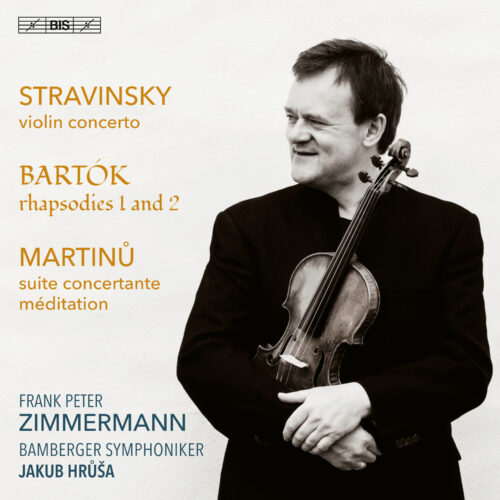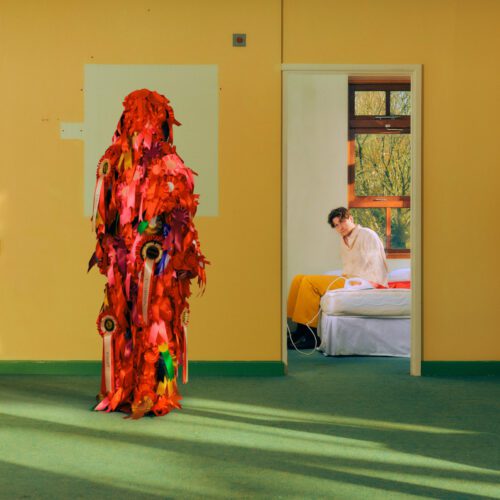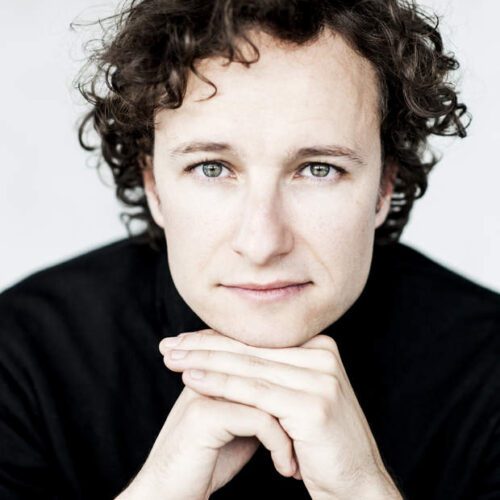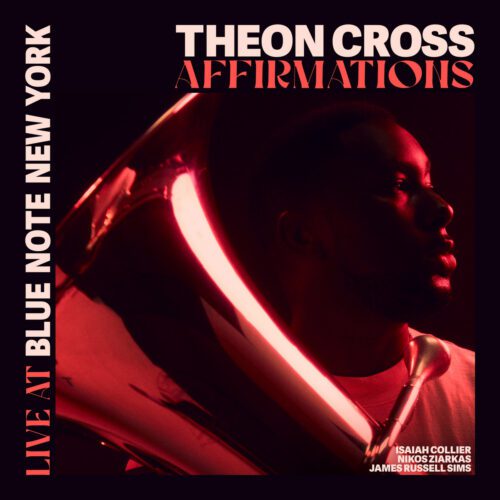The main advantage of this album, apart from the salient performance by the excellent Frank Peter Zimmermann, is the rare presence of Bohuslav Martinů’s Suite concertante H 276 II, whose stylistic and thematic similarities with Stravinsky’s Concerto (the introductory attack so typical of the work being practically repeated as it is by the Czech) are limpidly put forward by the soloist and the German orchestra.
The Concerto benefits here from a precise, scalpel-sharp reading by the violinist. I would invite comparison with another version recently reviewed on Pan M 360, that of Canadian James Ehnes, who also offers a sinewy energy but with more roundness, his violin almost taking on the allure of a viola at times.
Read my review of James Ehnes’ Stravinsky Concerto:
As I said, Martinů’s Suite concertante H 276 II (the totally revised 1945 version) is a rare thing. Zimmermann saw in it close associations with Stravinsky’s masterpiece, and rightly so. Martinů draws us into the same nervous, angular neo-classical world (that of the first half of the 20th century, not today’s popular neoclassicism). Zimmermann is masterfully convincing and offers us, as a bonus, the Meditation taken from the first version of the work. This lyrical Meditation, full of pathos, is of great bittersweet beauty. Zimmermann gives it his all, accompanied by more subtle interventions from the orchestra. All the space is given to the soloist, in a journey that almost verges on spiritual transcendence towards the end.
Bartók’s two Rhapsodies for violin and orchestra complete the programme. The thematic content, strongly inspired by folklore, recalls at times the landscapes evoked by the Romanian Dances, only more spacious. The presence of the cymbalum creates a unique evocative magic.
Here too, Zimmermann is imperial in his rendering, which is both lyrical and finely sculpted. Hrůša and the Bamberg musicians provide tailor-made support, embedded in a rich, detailed sound recording.
A superb album, strongly recommended.
























